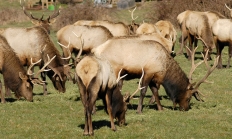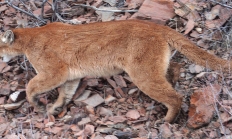Search myodfw.com
Find hunt summaries and maps for Fern Ridge.


Enjoy wildlife art, wine, and music at the ODFW Art Show and Duck Pond Cellars' Conservation Cuvee - Lot 5 wine release party.
23145 Hwy 99W, Dunde, OR

Piloted in 2014, the Tag Team program helps ODFW fish biologists better evaluate resident gamefish, bass, and stocked rainbow trout fisheries. It's also a chance for anglers to participate in fishery management and, perhaps, come away with up to $50.
Each fathom line, conservation area, and marine reserve is defined by a connecting series of waypoints (latitude and longitude). The waypoints are used for regulatory enforcement, while maps are provided for visual reference.
The following list of landmarks and regulatory boundaries have been used in ocean salmon fisheries seasons in recent years and may affect Oregon anglers directly. Some of the listed landmarks are not currently in use. Generally, regulations note a specific landmark, and the management/regulatory line is an East-West line of latitude from that landmark.



Marion Forks Hatchery began operation in 1951. The U.S. Army Corps of Engineers (COE) funds the majority of operational costs as mitigation for the development of Detroit and Big Cliff dams. The hatchery is used for egg incubation and rearing of spring Chinook.
